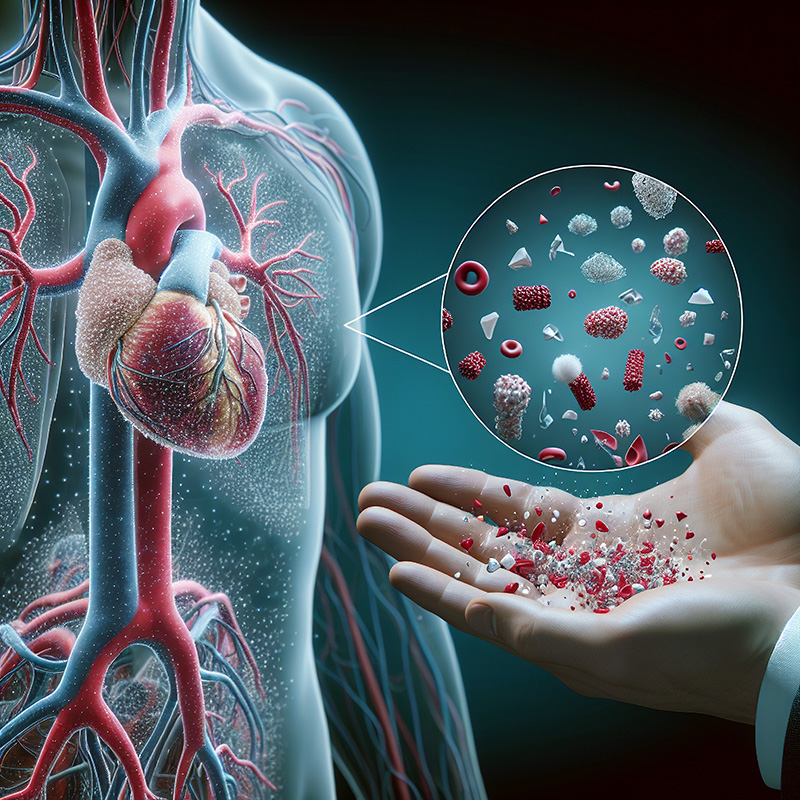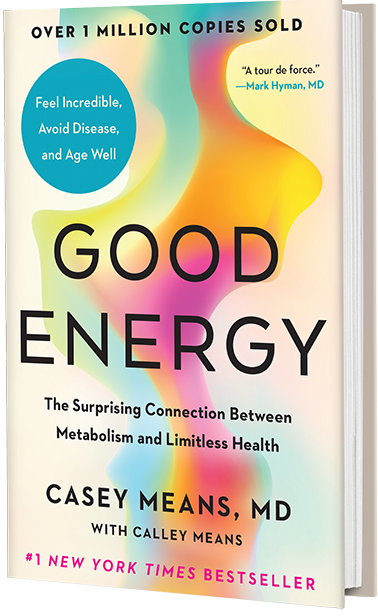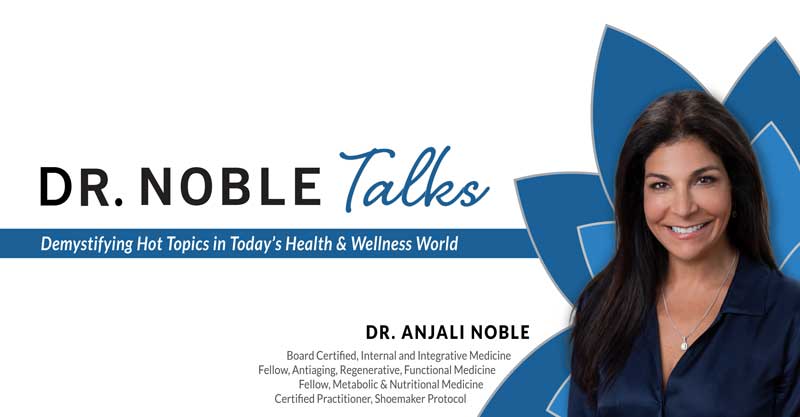I’ve seen time and again that many patients experience a major loss or trauma just before their health unravels from biotoxin illness. Stress often acts as the final “hit” that overwhelms the neuroimmune system and triggers the cascade of symptoms I described in last month’s newsletter.

Stress, especially when it’s chronic, disrupts the HPA (Hypothalamus-Pituitary-Adrenal) axis, often mislabeled by influencers as, “adrenal fatigue.” While the name is misleading, the principle is correct: ongoing stress dysregulates the stress response system, leaving us vulnerable to inflammation, immune dysfunction, and chronic disease. Without recovery time, the body loses its ability to self-regulate creating dis-ease.
Years ago, when asked about the key to aging well, I didn’t name a laser or cream—I said, “resilience to stress.” Because if we can master stress, we can preserve health and vitality. As I told the interviewer, “A great paint job on a rusty engine won’t get you very far.”
A sure way to age rapidly is to be in a constant state of stress.
Here’s what happens physiologically: the brain signals the adrenals to produce cortisol and adrenaline, fueling fight-or-flight. Normally, once the threat passes, the system resets. But when the “tiger” is psychological and constant, cortisol stays elevated, then eventually drops too low, leaving us depleted. The body tries to adapt by active processes that maintain stability through changes in response to its environmental demands in a process called allostasis. An imbalance, from too much “allostatic load” drains metabolic energy, causing sugar swings, poor sleep, hormone disruption, weight gain, blood pressure changes, anxiety, brain fog, and eventually depression.
Unresolved trauma and feelings of lost control only add to our toxic burden, increasing the risk for autoimmune disease, cancer, infections, infertility, irritable bowel syndrome, cardiovascular issues, and diabetes. This mind–body connection is now studied in a field called psychoneuroimmunology.
Testing the HPA axis with salivary cortisol in relation to the hormone, DHEA can provide insight into this stress resilience and neuroimmune function. A healthy rhythm means cortisol peaks 30–45 minutes after waking, then tapers through the day. When this cycle falters, exhaustion of body, mind, and spirit follows.
There are certain “adrenal cocktails” said to be helpful on social media. But some can be more damaging then good. Proceed with caution if they contain fruit juices; They can dysregulate sugar balance further worsening symptoms. Whole fruits high in vitamin C, fiber, leafy green vegetables, whole unprocessed foods, and grains with B vitamins are beneficial.
Evidenced Based Support of the Brain–Adrenal Connection
- Keep consistent rhythms with sleep, meals, and movement.
- Eat breakfast with fiber, and small frequent meals to stabilize blood sugar.
- Limit exercise sessions to under 45 minutes.
- Use adaptogenic herbs under guidance (e.g., Ashwagandha, Eleuthero, Schizandra, Rhodiola, and Licorice, if appropriate).
- Phosphatidylserine or L-theanine may help lower high cortisol.
- DHEA or pregnenolone may help if testing shows deficiency.
- NAD or IV nutrient support can also be beneficial.
Most importantly, healing requires identifying your stressors and building resilience. Try making two lists: what drains you and what brings joy. Begin shifting time and energy toward your “joy list.” Practices like yoga, diagrammatic breath, prayer, meditation, CBT, EMDR, HeartMath techniques, limbic retraining, and Psych-K can be powerful tools to release trauma and restore balance.
True health requires caring for both body and mind.
Reducing toxin exposure, ridding oneself of energy suckers, resolving childhood trauma, and trusting our intuition “when our body says no,” will strengthen our stress resilience allowing us to heal and live a happier, healthier life!
Wishing you wellness,
Dr. Anjali Noble
1. Kalia, M, Assessing the economic impact of stress-the modern-day hidden epidemic. Metabolism. 2002 June, 51: 49-53
2. Leistner, C, and Menke, A. Hypothalmic-pituitary-adrenal axis and stress. Handbook of Clinical Neurology. Volume 175, 2020, 55-64.
3. Lightman, S, Birnie M, and Conway-Campbell, B. Dynamics of ACTH and Cortsiol Secretions and Implications for Disease. Endocrine Review. 2020 June 1; 41.
4. Joseph, D, Whirledge, S, Stress and the HPA axis: Balancing Homeostasis and Fertility. Int J molecular Science, 2017 Oct 24; 18.
5. Juruena, M et al, The Role of Early Life Stress in HPA Axis and Anxiety. Adv Exp Med Biol. 2020:1191 141-153.
6. Rakel, Textbook of Integrative Medicine. 5th Edition. 372-389.
7. Lupien, SJ et al. The Douglas Hospital Longitudinal Study of Normal and Pathological Aging: summary of findings. J Psychiatry neurosci. 2005, Sep: 30: 328-324.
8. Gold, PW and Chrousos, GP. The organization of the stress system and its dysregulation in depressive illness. Molecular Psychiatry. 2013 Jun; 18. 632-4.
9. Kumari M, Shipley M, Stafford M, Kivimaki M. Association of Diurnal Patterns in Salivary Cortisol with All-Cause and Cardiovascular Mortality: Findings from the Whitehall II Study. The Journal of Clinical Endocrinology & Metabolism. 2011;96(5):1478-1485.
10. Hackett RA, Steptoe A, Kumari M. Association of Diurnal Patterns in Salivary Cortisol with Type 2 Diabetes in the Whitehall II Study. The Journal of Clinical Endocrinology & Metabolism. 2014;99(12):4625-4631.
11. Kumari M, Chandola T, Brunner E, Kivimaki M. A Nonlinear Relationship of Generalized and Central Obesity with Diurnal Cortisol Secretion in the Whitehall II Study. The Journal of Clinical Endocrinology & Metabolism. 2010;95(9):4415-4423.
12. Banasik J, Williams H, Haberman M, Blank SE, Bendel R. Effect of Iyengar yoga practice on fatigue and diurnal salivary cortisol concentration in breast cancer survivors. Journal of the American Academy of Nurse Practitioners. 2010;23(3):135-142.
13. Turakitwanakan, W. et al. (2013). Effects of mindfulness meditation on serum cortisol of medical students. Journal of the Medical Association of Thailand, 2013 Jan; 96 Suppl 1:S90-5.
14. Milagros, C. et al. (2010). Stress, social support, and cortisol: inverse associations. Behavioural Medicine, 30(1):11-22.
15. Kennedy DO, Veasey R, Watson A, et al. Effects of high-dose B vitamin complex with vitamin C and minerals on subjective mood and performance in healthy males. Psychopharmacology. 2010;211(1):55-68.
16. Agha-Hosseini, F. S., Moosavi, M., & Shirzad, N. (2016). The association of elevated plasma cortisol and Hashimoto’s Thyroiditis, a neglected part of immune response. Acta Clinica Belgica: International Journal of Clinical and Laboratory Medicine, 71 (2), 81-85.
17. Singh N, Nath R, Lata A, Singh SP, Kohli RP, Bhargava KP. Withania Somnifera (Ashwagandha), a Rejuvenating Herbal Drug Which Enhances Survival During Stress (an Adaptogen). International Journal of Crude Drug Research. 1982;20(1):29-35.
18. Kimura K, Ozeki M, Juneja LR, Ohira H. l-Theanine reduces psychological and physiological stress responses. Biological Psychology. 2007;74(1):39-45.
19. Panossian A, et al. (2012). Adaptogens stimulate neuropeptide y and hsp72 expression and release in neuroglia cells. Front Neurosci. Feb. 2012.
20. Kimura, Y. and Sumiyoshi, M. (2004). Effects of various Eleutherococcus senticosus cortex on swimming time, natural killer activity and corticosterone level in forced swimming stressed mice. Journal of ethnopharmacology, Dec; 95(2-3):447-53.
21. Baker ME, Fanestil DD. Licorice, computer-based analyses of dehydrogenase sequences, and the regulation of steroid and prostaglandin action. Mol Cell Endocrinol. 1991 Jun;78(1-2):C99-102.
22. Felitti VJ et al. Relationship of childhood abuse and household dysfunction to many of the leading causes of death in adults. The Adverse Childhood Experiences (ACE) Study. Am J Prev Med. 1998 May;14(4):245-58.
23. Rockliff H. et al. A Pilot Exploration of Heart Rate Variability and Salivary Cortisol Responses to Compassion-Focused Imagery. Clin Neuro Psych 2008;5(3):132.)
24. Thomaes K et al. Degrading traumatic memories with eye movements: a pilot functional MRI study in PTSD. European Journal of Psychotraumatology.2016;7:10.


 Mold Illness: Surviving and Thriving
Mold Illness: Surviving and Thriving



